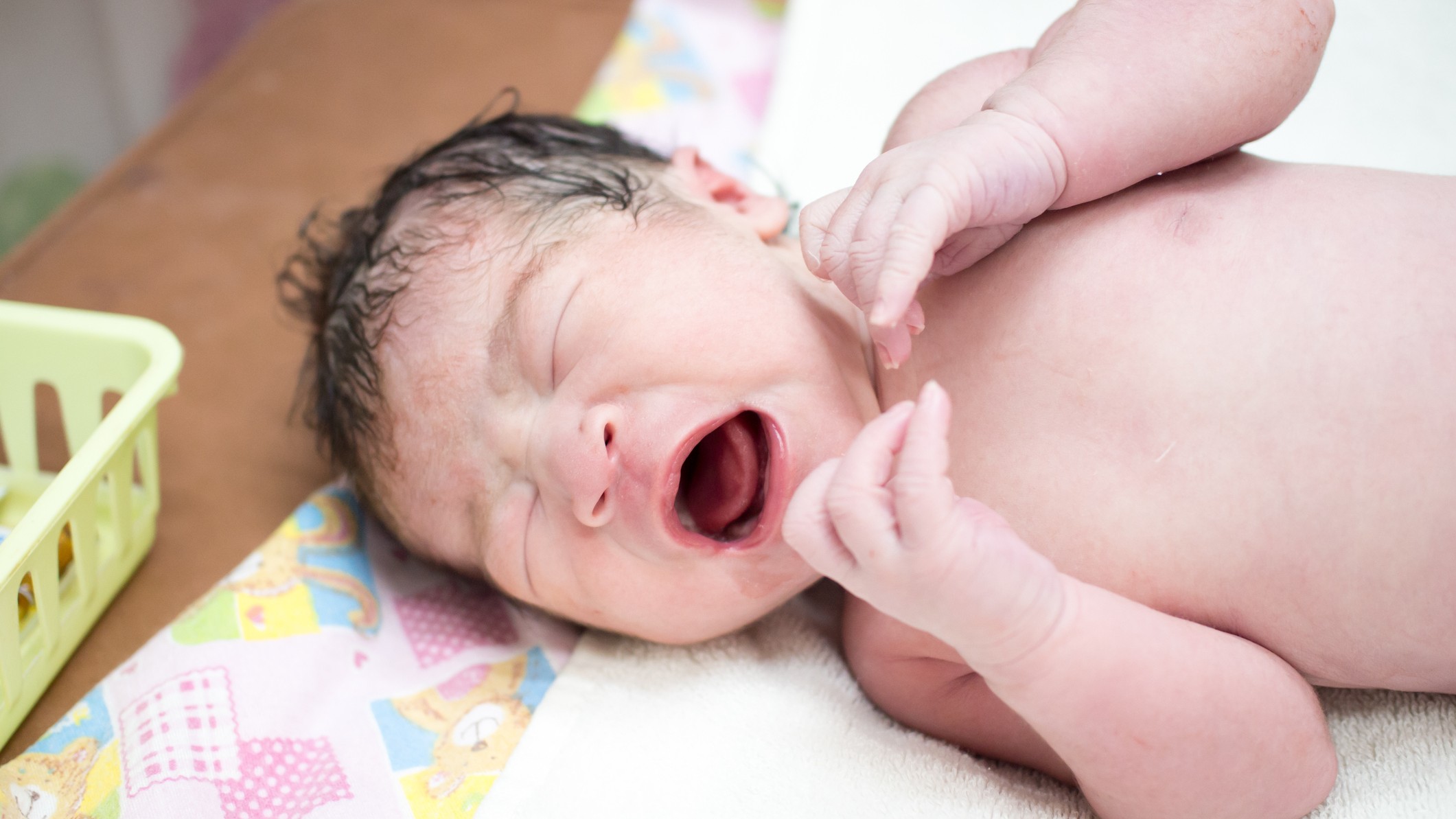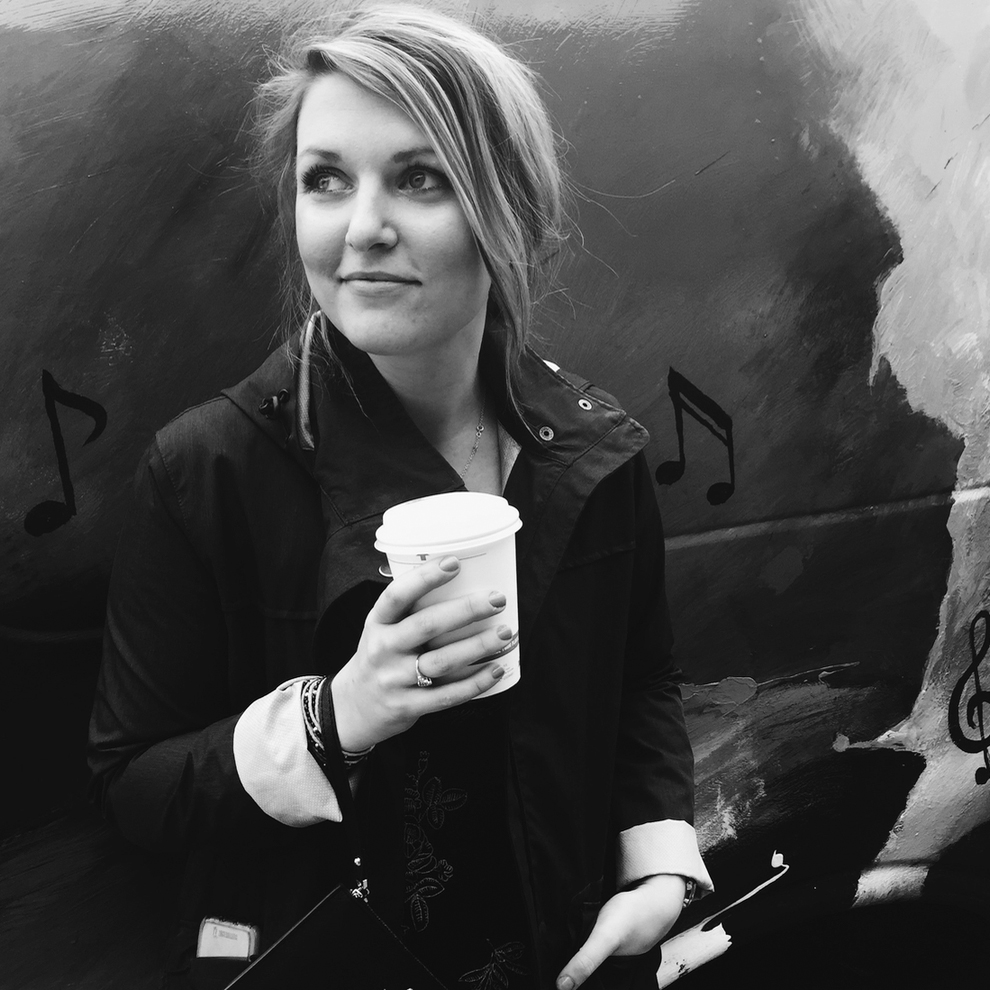What happens when a baby takes its first breath?
Two blood vessels unique to fetuses disappear.

Within seconds of birth, a baby takes in its own oxygen for the first time. For that to happen, their tiny lungs and circulatory system have to transform in a matter of seconds. So how does a tiny human manage to take what could be the most challenging breath of its life just seconds after birth?
First, it helps to understand how the circulatory system — specifically, the lungs and heart — work in utero. The lungs don't provide oxygen to the fetus during gestation. Instead, they are partially collapsed and filled with liquid during development while the baby gets oxygen through the umbilical cord from the placenta, according to the Texas Heart Institute.
Because the lungs aren't involved with oxygen supply yet, the majority of the fetal blood supply bypasses the lung through two blood vessels unique to fetuses. The first, the foramen ovale, allows oxygenated blood from the umbilical cord to flow directly from the right atrium of the heart to the left atrium, instead of going to the right ventricle and lungs as it does in an adult, according to the Children’s Hospital of Philadelphia. The second vessel, called the ductus arteriosus, connects the main body artery and main lung artery, allowing the fetus's oxygenated blood to detour away from the lungs and head for the lower body, according to the American Heart Association.
Related: How much blood is in the human body?
Unlike an adult heart, "when the baby comes out, the right side of the heart is the dominant side," said Dr. Jae Kim, a neonatologist and director of neonatology at Cincinnati Children's Hospital. This is because it's been pumping oxygenated blood through these two temporary shunts to the entire body. But after birth, the circulatory system rearranges. The left ventricle becomes dominant, responsible for sending blood throughout the body, while the right ventricle takes on the new job of sending oxygen-poor blood to the lungs, according to a 2002 report published in the journal Archives of Disease in Childhood.
This transformation happens in a series of rapid changes right after birth. First, the cells responsible for secreting fluid in the fetus's lungs start absorbing fluid once the baby is born, removing the liquid to make room for incoming oxygen, Kim said. "The lungs immediately transition to be filled with air." This first breath can be so strong and dramatic that, in some cases, it bursts a hole in the baby's nascent lungs, he said.
This first inflation of the lungs dramatically decreases the pressure and resistance to blood flow in the lungs. The low pressure invites blood pumping out of the right ventricle to reroute toward the neonatal lungs, according to a 2010 review in the journal Physiological Reviews.
Get the world’s most fascinating discoveries delivered straight to your inbox.
Once the lung pressure is lower than the systemic blood pressure, or the pressure exerted on blood vessels during heart contractions, the foramen ovale closes, according to the 2010 review. With no passage between the right and left atria, deoxygenated blood begins to flow from the right atrium to the lower right ventricle, and is then sent to the lungs.
Meanwhile, the low pressure in the pulmonary system detracts blood from the ductus arteriosus, the blood vessel that allowed blood to bypass the lung and head to the body. No longer needed, the ductus begins to constrict and closes within the first two days of life.
At this point, 100% of the infant's blood supply heads for the lungs. Carbon dioxide-saturated blood is pumped into the alveolar capillaries — small blood vessels in the lungs — for the first time. The alveoli — tiny air sacs in the lungs — replace carbon dioxide in the blood with the oxygen taken in by the baby.
It takes about 5 minutes for a healthy baby born at term to "pink up" and find a sort of normal, Kim said. But the transition happens in a single breath. "It's a very magical moment," he said.
Originally published on Live Science.

Donavyn Coffey is a Kentucky-based health and environment journalist reporting on healthcare, food systems and anything you can CRISPR. Her work has appeared in Scientific American, Wired UK, Popular Science and Youth Today, among others. Donavyn was a Fulbright Fellow to Denmark where she studied molecular nutrition and food policy. She holds a bachelor's degree in biotechnology from the University of Kentucky and master's degrees in food technology from Aarhus University and journalism from New York University.




